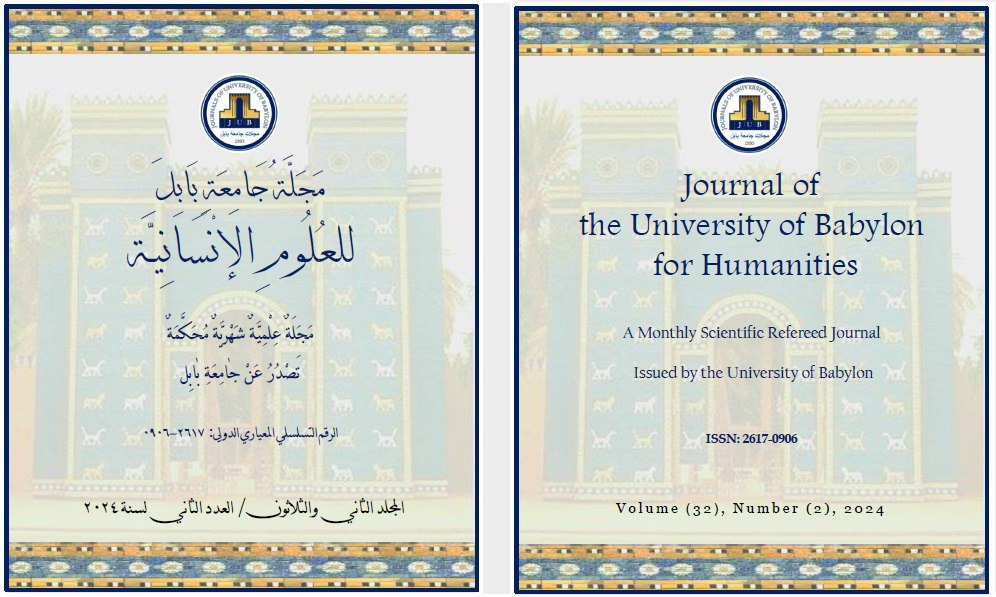Exploring the Gothic Elements in “The Yellow Wallpaper”: A Psychological Tale of Subjugation and Madness
Main Article Content
Abstract
This paper delves into the intricate tapestry of Gothic elements embedded within Charlotte Perkins Gilman's renowned short story, “The Yellow Wallpaper.” Drawing on the author's personal experiences and the prevalent socio-cultural context of the late 19th century, this study aims to unravel the profound psychological implications of the Gothic genre as manifested in the narrative. Through a meticulous analysis of key motifs, symbols, and thematic elements, the paper examines how the Gothic genre serves as a vehicle for exploring themes of female subjugation, psychological deterioration, and societal repression. By dissecting the protagonist's descent into madness within the confining walls of her bedroom, this research sheds light on the oppressive forces that society imposes on women, particularly during the Victorian era. Furthermore, the study investigates how the dark and foreboding atmosphere, intricate descriptions, and the unreliable narrative voice contribute to the overall Gothic ambiance, evoking a sense of claustrophobia and fear. Ultimately, this paper underscores the significance of “The Yellow Wallpaper” as a powerful portrayal of the psychological toll imposed by societal norms, while highlighting the enduring relevance of the Gothic genre in exposing the hidden horrors of human existence.
Article Details
Issue
Section

This work is licensed under a Creative Commons Attribution 4.0 International License.

